Best Laser Engraver for Plastic and Metal You Should Know
Trying to engrave both a stainless steel tumbler and an acrylic sign with one machine seems impossible, but it isn't.
The challenge is that metal and plastic absorb light differently. What makes a laser great for metal (like a Fiber Laser) is often useless for plastic (which needs a CO2 Laser).
However, you can find specialized dual-source machines that combine the two technologies into one unit, allowing you to switch between them.
Alternatively, a powerful Infrared Laser can mark some plastics and engrave metal. While it requires understanding the technology, a "unicorn" laser that handles both metal and acrylic is definitely an option.
Understanding the Core Technologies: Which Lasers Engrave What
To truly grasp how to engrave both plastic and metal, we need to understand the fundamental tools: the different types of laser engravers and what makes them tick.
- The CO2 laser is the workhorse for non-metals, effectively cutting and engraving plastics and organics with its long wavelength (10,600nm), but this light is highly reflective on raw metal.
- The Infrared lasers can engrave fine, permanent details on raw metals like stainless steel, aluminum, and gold without damaging the surface. They are also useful for marking plastics with clear, high-contrast results.
- The Fiber laser is the powerhouse for all raw metals, using its short, near-infrared wavelength (1064nm) for deep, fast engraving, yet it's unsuitable for most common plastics and wood.
- The Diode laser is an affordable option for soft plastics and wood, but it only marks coated metals and cannot engrave raw metal surfaces.
- The specialized UV laser uses "cold marking" to achieve extreme precision on metals with minimal thermal impact.
Top 3 Laser Engravers For Plastic And Metal In 2025
If you absolutely need the best of both worlds – deep, precise engraving on metals and versatile cutting/engraving on a wide range of plastics – then a machine with a dual-source or hybrid laser system is your answer.
1. SCULPFUN G9
Laser Type: 10W Diode laser + 2W Infrared laser
Equipped with a powerful diode laser, the SCULPFUN G9 is excellent for cleanly cutting various plastics.
Additionally, the machine features a separate 2W infrared laser, giving it the entry-level ability to engrave bare metal.
It offers stable performance, a compact design, and an affordable price point, making it great for hobbyists and small workshops who want reliable plastic cutting and light engraving capabilities.

2. xTool F1
Laser Type: 10W Diode laser + 2W Infrared laser
The xTool F1 combines a diode laser and an infrared laser in one compact, portable machine.
The diode module easily cuts and engraves plastic materials, while the infrared laser excels at engraving metals, including stainless steel and aluminum.
Its dual-laser setup gives creators flexibility for both personal DIY projects and professional customization.

3. Falcon A1 Pro
Laser Type: 20W Diode laser + 2W Infrared laser
The Falcon A1 Pro is a high-precision desktop engraver that pairs a powerful diode laser for smooth plastic cutting with an infrared laser option for fine, durable marking on metal surfaces.
Designed for makers and small businesses, it offers excellent engraving speed, easy operation, and a wide range of supported materials for advanced customization projects.

Frequently Asked Questions (FAQ)
What's the main difference between CO2 and Fiber laser wavelengths?
CO2 lasers typically operate at a 10,600nm wavelength, which is ideal for absorbing into organic materials and most plastics.
Fiber lasers, on the other hand, operate around 1064nm, a wavelength that is highly absorbed by metals. This difference in wavelength is why they are suited for different materials.
Can a cheap diode laser really engrave metal
Generally, no, not in the sense of creating depth.
Most affordable diode lasers can only mark metals by removing a coating (like paint or anodization) or by interacting with a metal marking spray.
They lack the specific wavelength and power to directly engrave raw, uncoated metals like steel or aluminum.
Is ventilation different for plastic vs. metal engraving
Absolutely.
Engraving plastics often releases fumes (e.g., acrylic fumes can be pungent, PVC produces chlorine gas, which is toxic).
You need robust ventilation and often a fume extractor with multi-stage filtration.
Metal engraving, especially with fiber lasers, produces very fine metallic particles that require good dust collection and proper air filtration to protect your health and your machine.
Always research the specific fumes/particulates produced by the materials you're working with.
Final Verdict
While the fundamental rule holds—CO2 is best for plastic and Fiber is essential for metal—true dual-source systems are rare and often prohibitively expensive.
This makes the newer combination of a standard Diode laser for non-metals and an accessory Infrared laser for bare metal marking a great, budget-friendly solution, offering a practical way for beginners to handle both material groups.


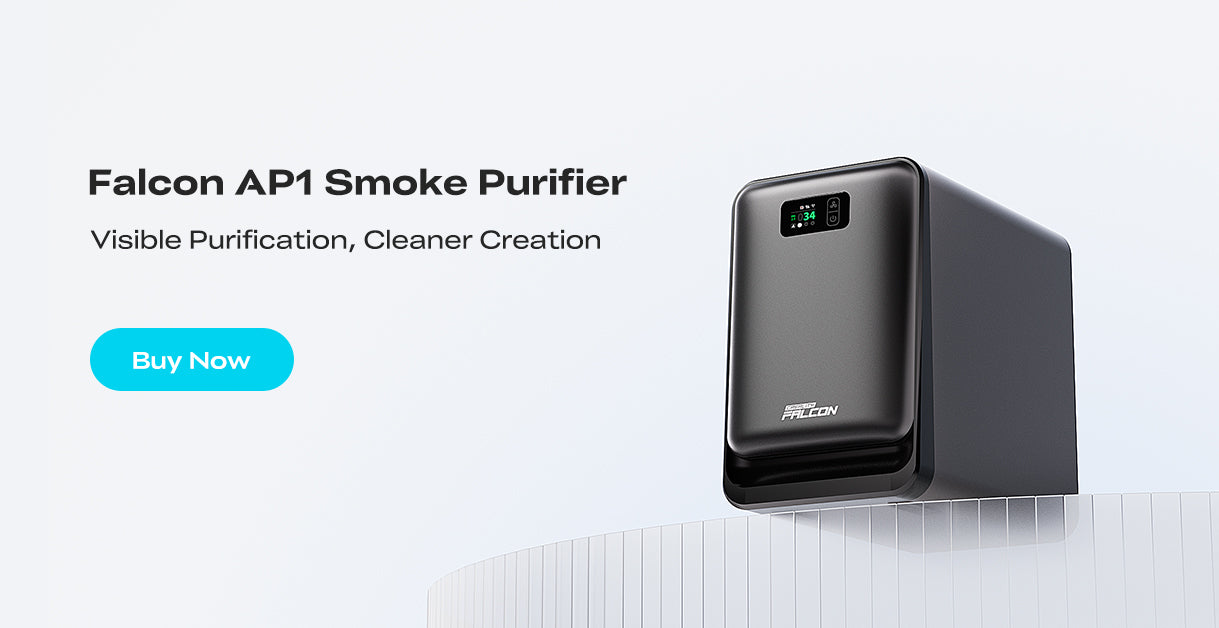



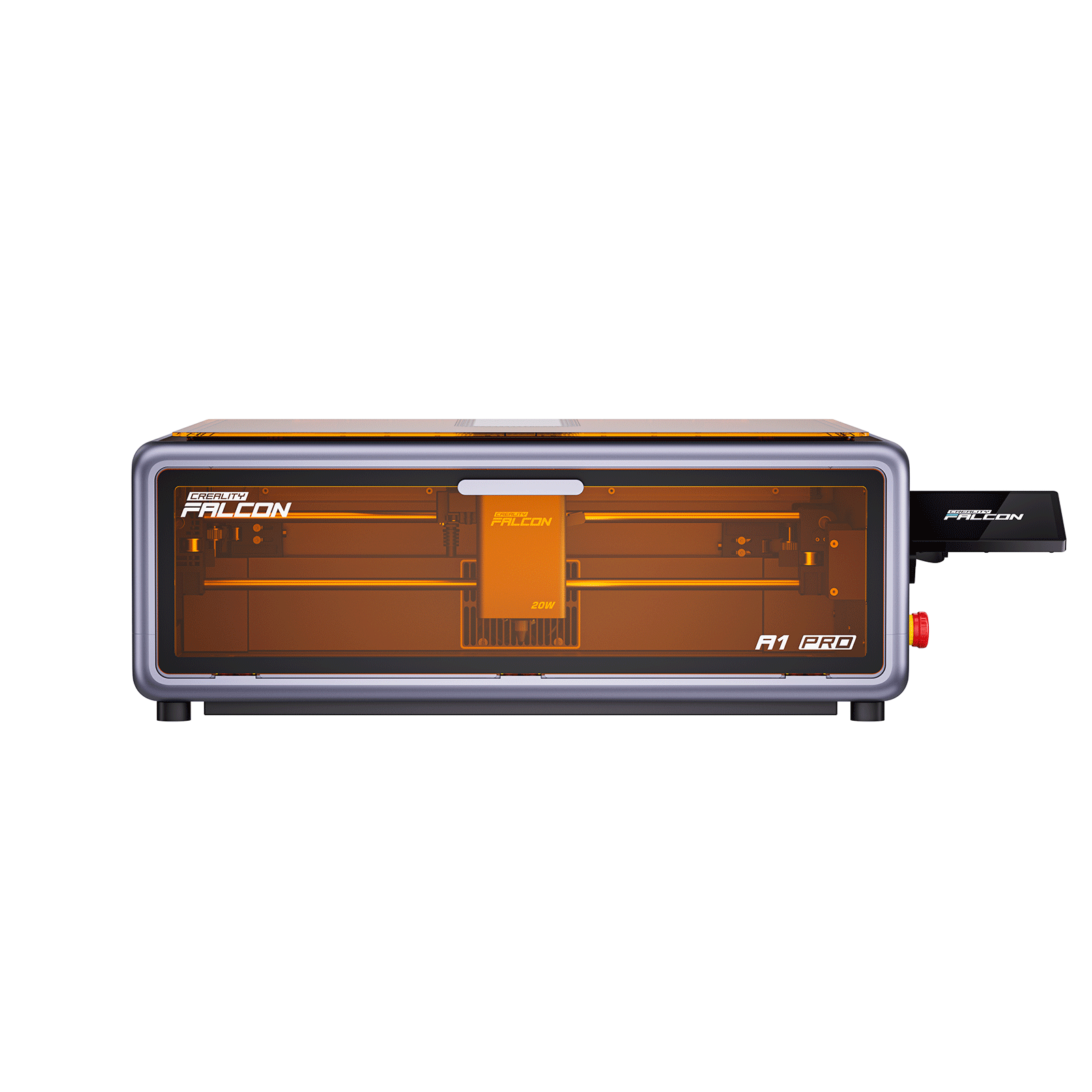


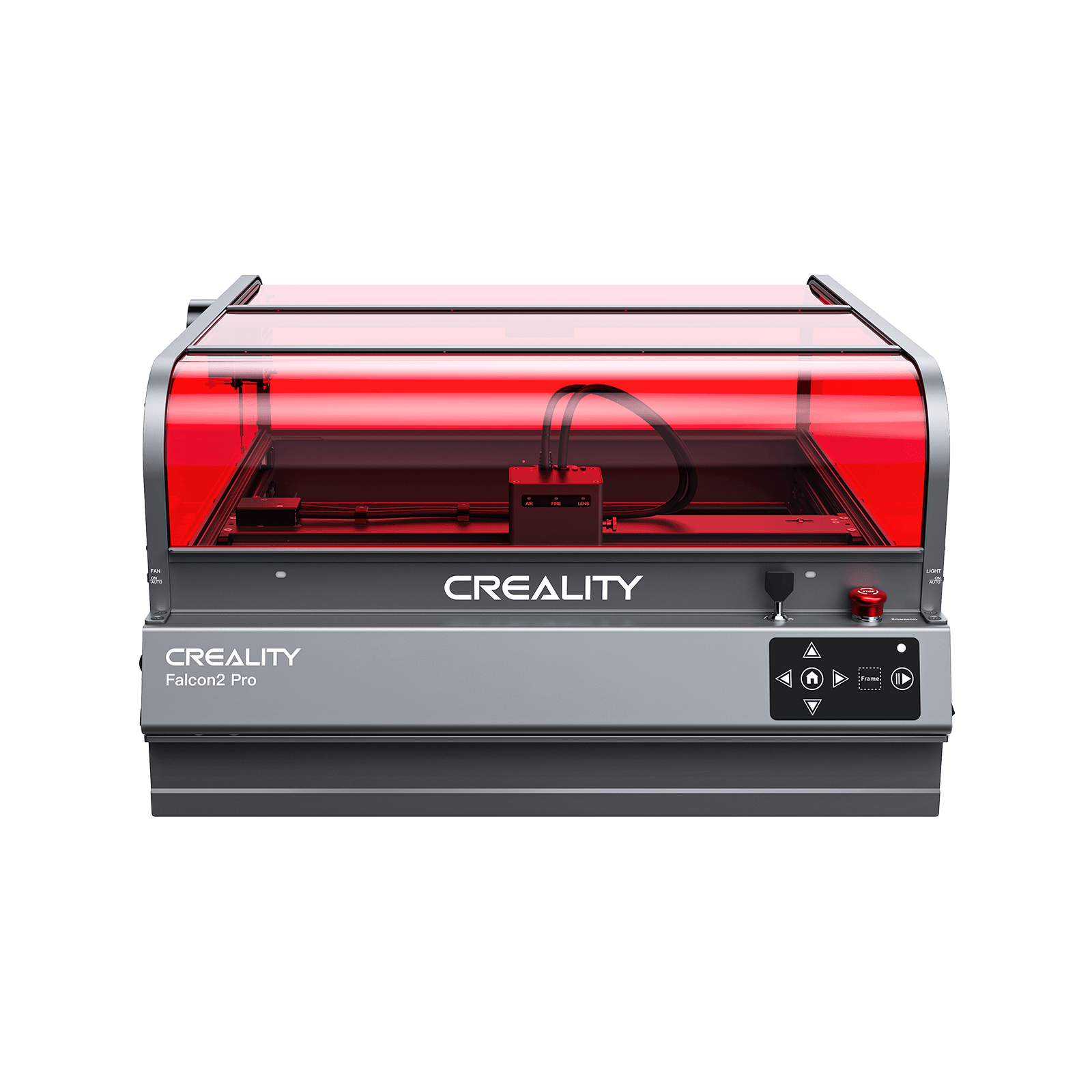






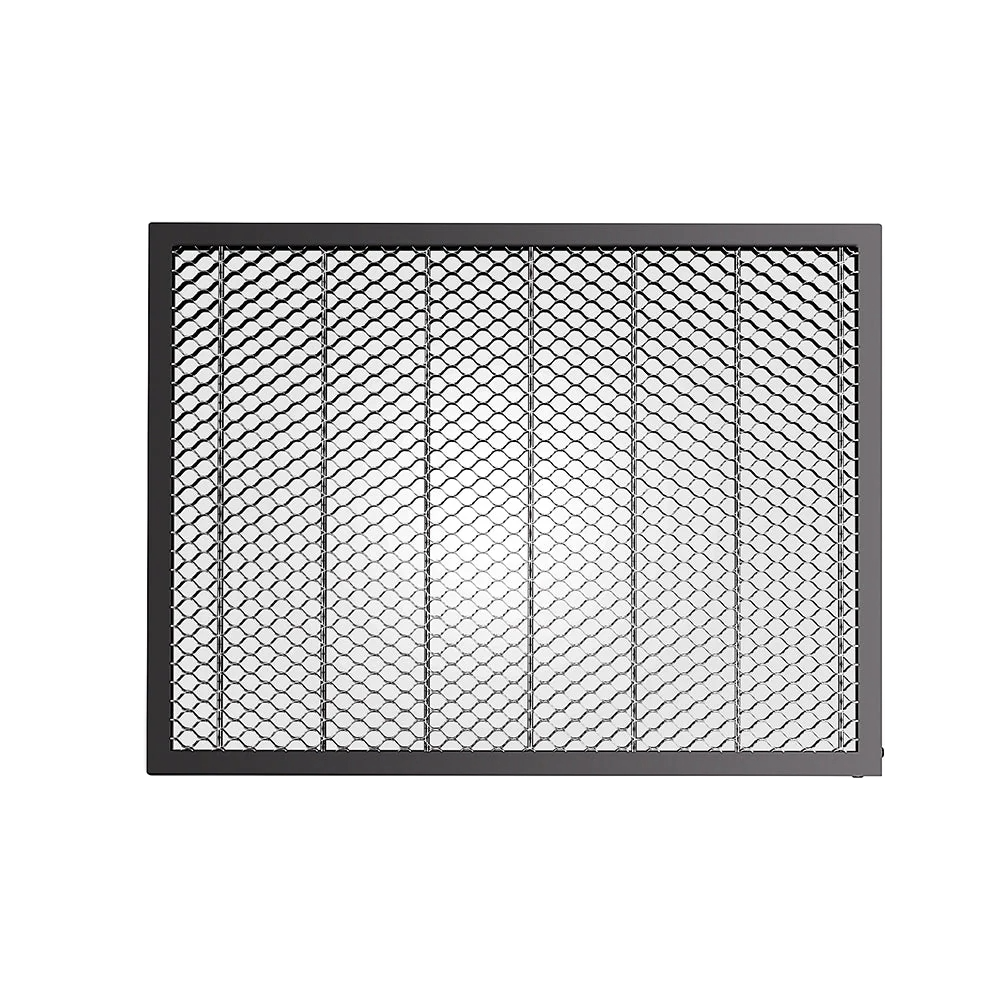







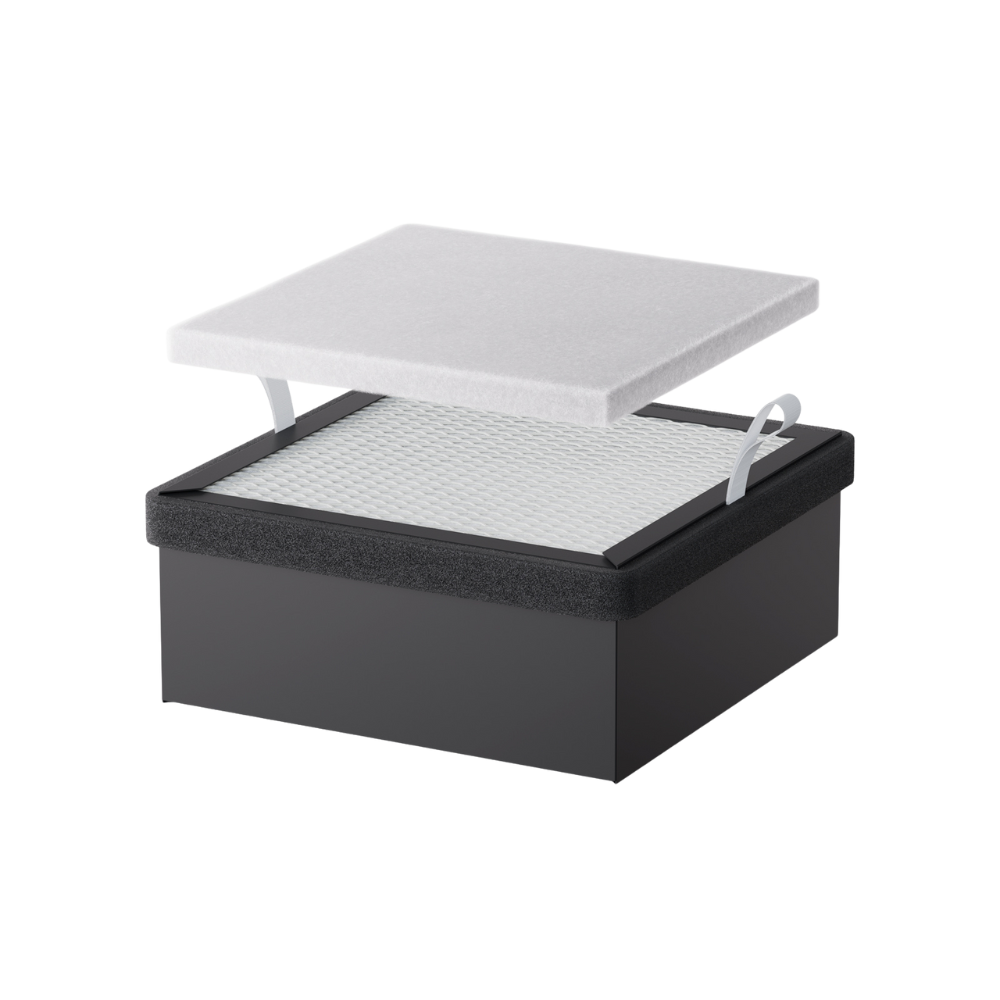







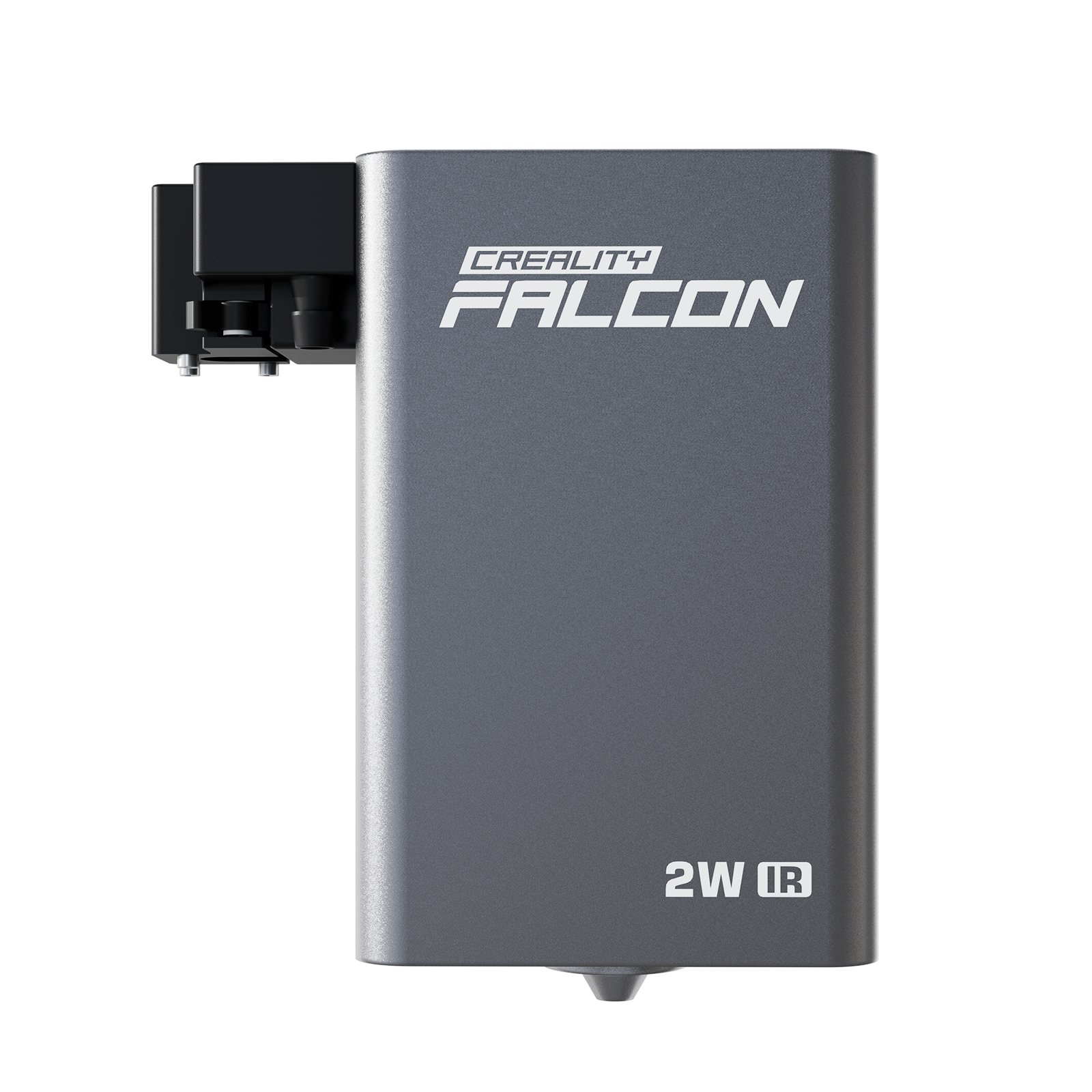







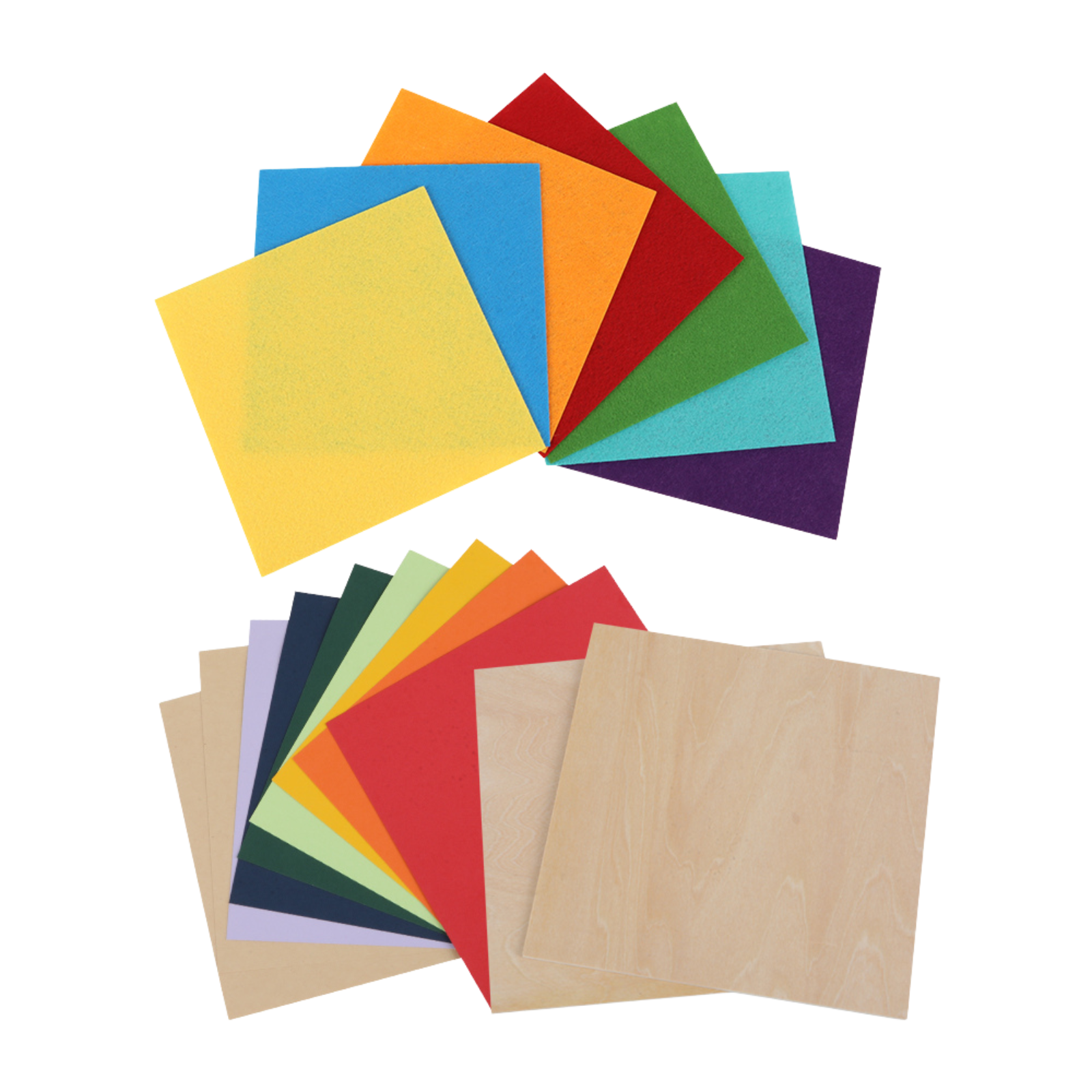
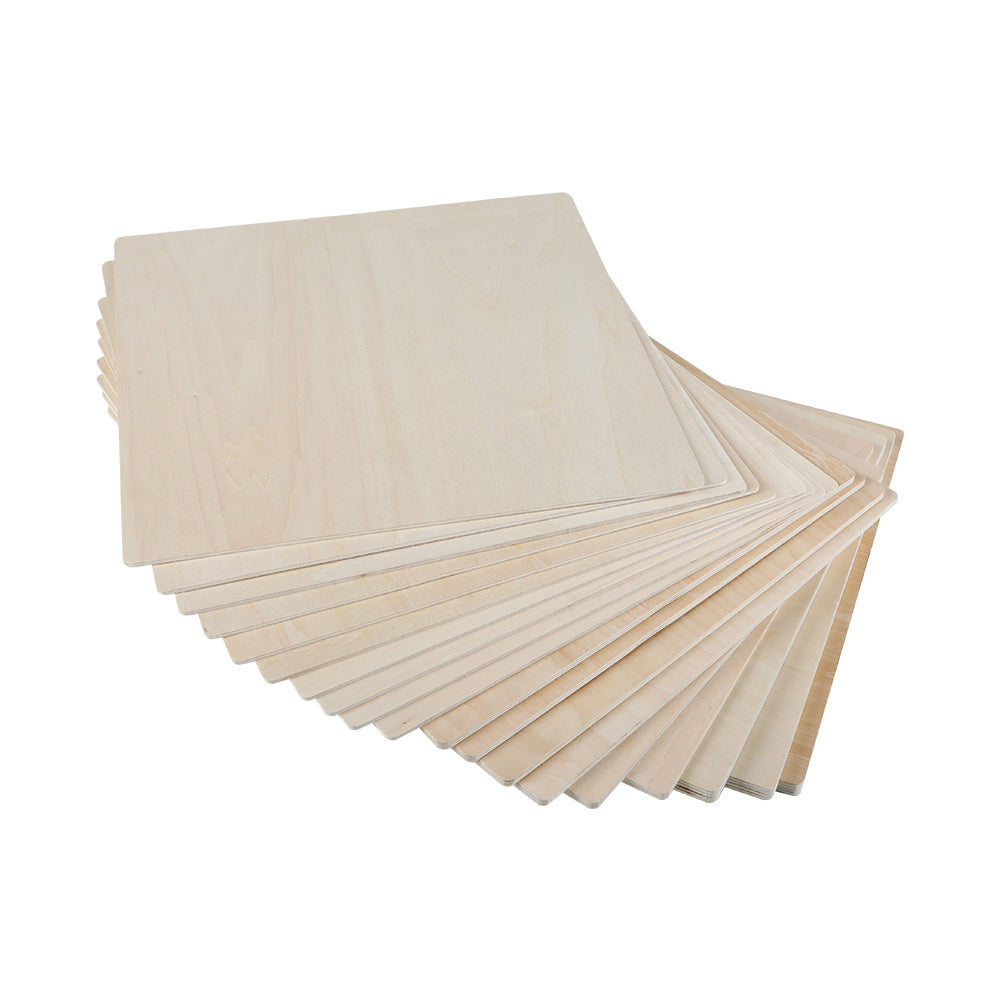




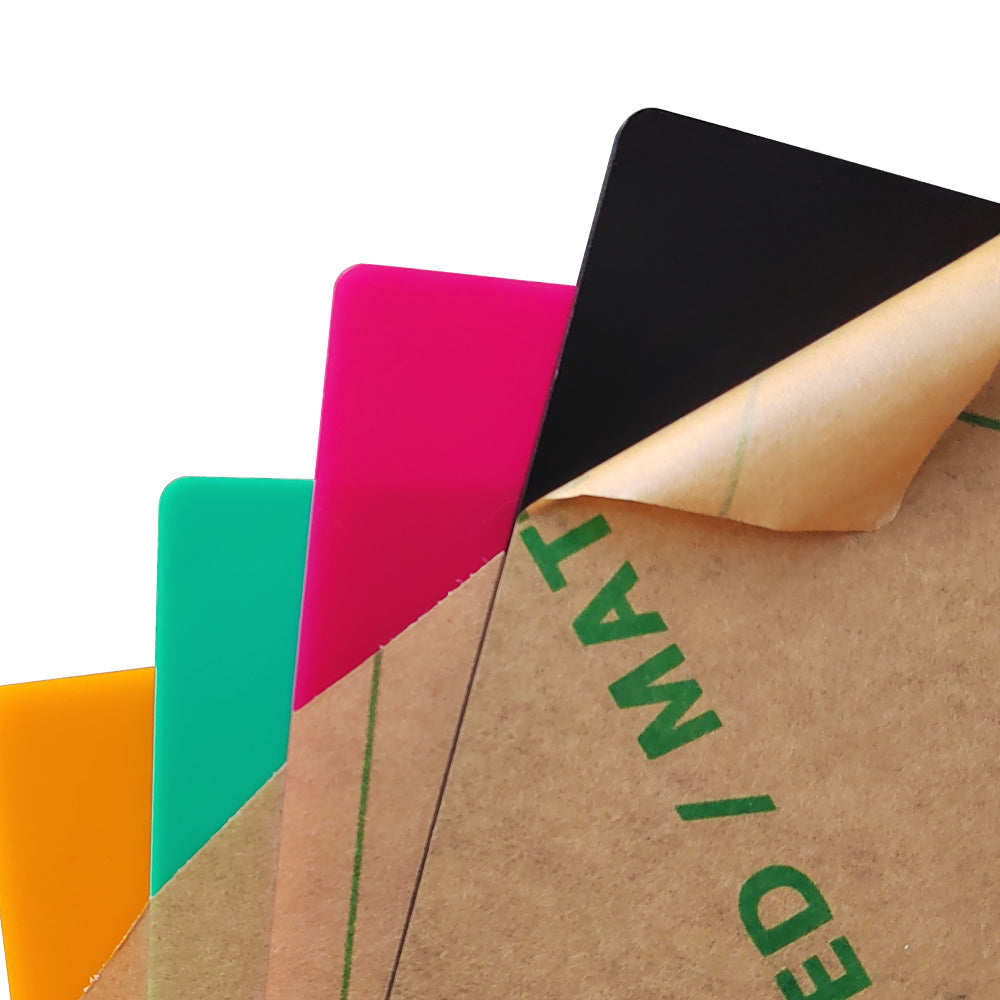




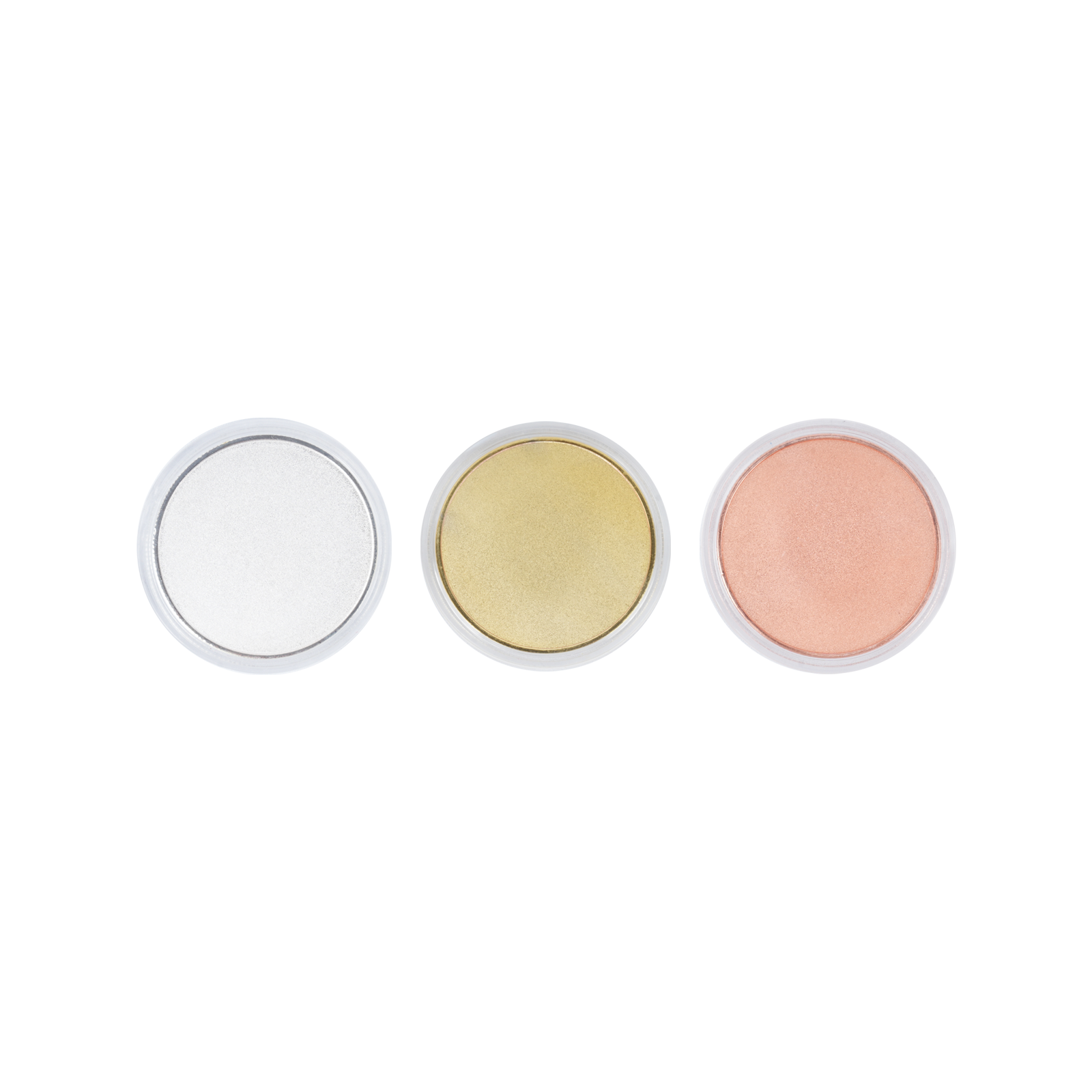
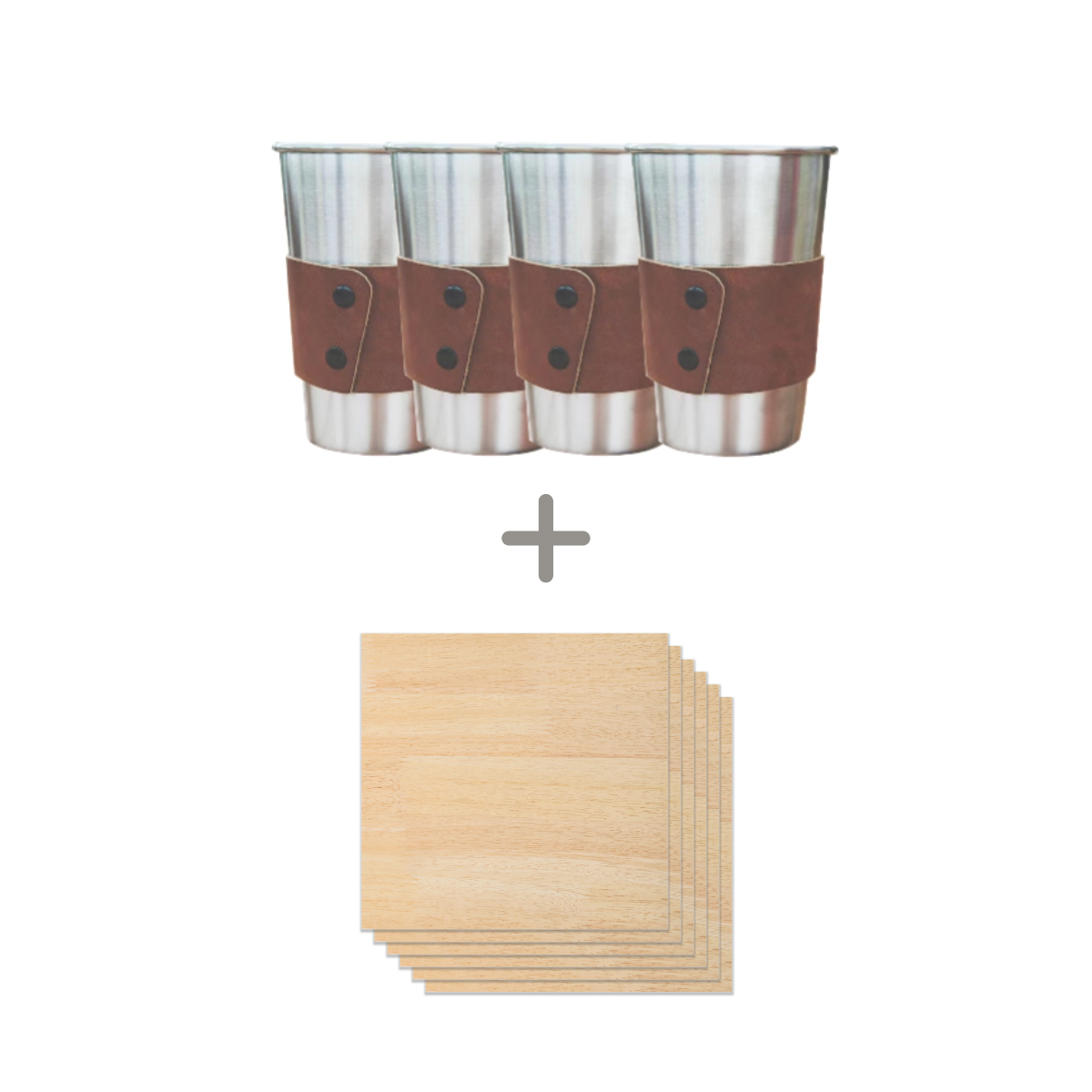
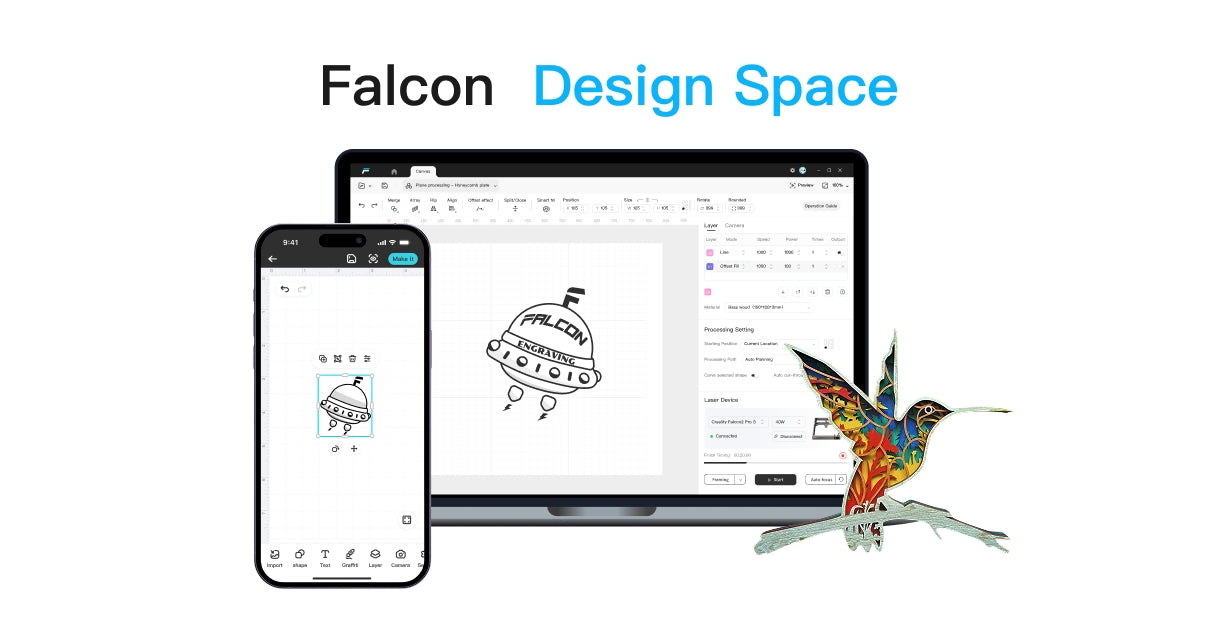




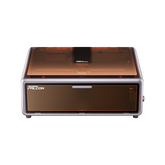
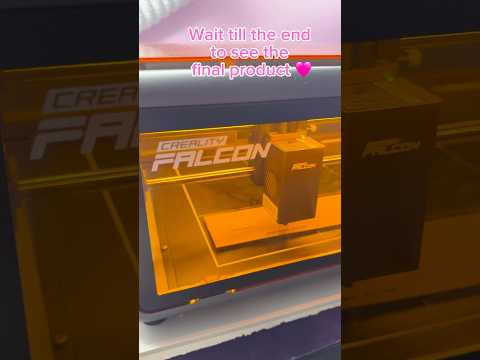
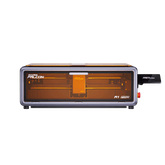
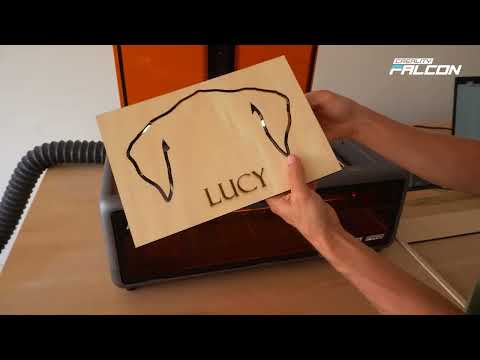
Leave a comment
Please note, comments need to be approved before they are published.